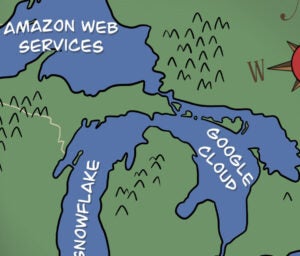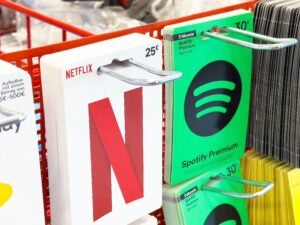“The Sell Sider” is a column written by the sell side of the digital media community.
Today’s column is written by Grant Whitmore, chief digital operations officer at Tribune Publishing.
For more than a decade a persistent imbalance in data and technology has dogged the programmatic marketplace, putting publishers at a distinct information disadvantage.
Publishers are constantly measured by advertisers, agencies and tech vendors, yet we are provided little to no feedback on how we are delivering against the marketplace or our competitors. We don’t know how to rank ourselves. We are just told that we need to do better.
This dynamic has changed as of late. New platforms and tools that promote collaboration, quality and transparency are helping us realize new revenue growth and reset our relationships with programmatic partners and advertisers.
Historically, publishers have lacked access to certain kinds of data that advertisers had, such as benchmarks for campaign viewability, KPI attainment and audience reach. While we have begun to shrink this data gap, the challenge now is how to translate the data into meaningful, actionable insights that aren’t out of date by the time we get it.
Every week publisher revenue teams sift through reams of data without proper context or tools for analysis and measurement. These teams often employ analysts and data miners to manage reports from hundreds of different partners, while tech and personnel investments revolve around maintenance rather than innovation.
But big data in conjunction with automation and transparency are now driving a transformation in programmatic operations that is finally allowing publishers to address some of these underlying problems. SaaS platforms from independent tech vendors are relatively inexpensive and effective at providing fast, reliable solutions that deliver deep insights to help our teams develop nimble solutions and strengthen our hand at the programmatic table.
The STAQ platform, for instance, aggregates programmatic data and provides a real-time dashboard showing a publisher’s performance against the STAQ Industry Benchmark, which is a data set informed by brand publishers totaling $1 billion in annual revenue.
Maintaining an in-house solution on Amazon and layering in data visualization tools, such as Tableau and Looker, can also offer a kind of DIY dashboard solution for publishers to gain insights, though this solution can be costly in the long run.
There are also platforms from MOAT and Integral Ad Science that offer publishers data on the quality of inventory, which, if tied to revenue data, provides publishers with insights and levers to improve revenue.
These kinds of tools allow teams to both measure their performance and optimize against CPM trends. They help inform publishers’ decisions proactively, rather than reactively, and enable us to build products and create content that our audiences crave, which, of course, brings more opportunities for advertisers. This ability to make correct pricing for the correct content is poised to dramatically change the publishing landscape as publishers adopt them.
But, these new tools also come with their own unique set of challenges. They all pull from disparate data sets and not everything lines up. Even with a tool that automates data collection, you’ll never fully automate away the human component necessary to ensure that all specific business rules are followed and that data normalization is confirmed as it is collected. Team members are necessary to monitor the data diligently as it comes in, like workers on a data conveyor belt.
The good news is that we’ve finally arrived at an age where data, technology and cooperation between publishers can realistically impact the programmatic playing field.
By harnessing this new breed of tech provider and a shared spirit of collaboration, publishers can benchmark other publishers, share performance information and automate their way forward. While cocktail hours, conferences and industry associations, including the IAB, Digital Content Next and Local Media Consortium, provide anecdotal evidence as to how we are doing as a collective, publishers can now effectively and contextually shine a light on what success in digital media publishing really looks like today.
Information in context is power, internally and externally, as we search for the most impactful ways to invest in products, sales efforts, technology and private marketplace partnerships. Publisher-specific tools harnessing data and generating real-time insights are finally enabling us to confidently hold our ground in media negotiations and to better understand how to allocate resources that bolster those areas where we’re soft.
Follow Tribune Publishing (@tribpub) and AdExchanger (@adexchanger) on Twitter.














